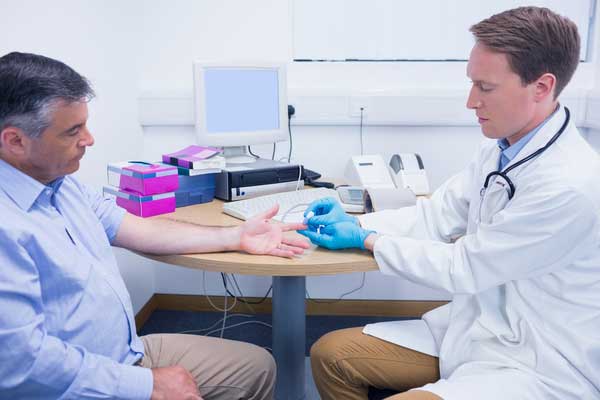Fasting is a common practice among people who want to lose weight, improve their health, or for religious purposes. During fasting, your body is not receiving any external source of energy, and you would expect that your blood glucose levels would go down. However, sometimes the opposite happens, and your blood glucose levels rise instead. This phenomenon is known as the dawn phenomenon, and it’s a perfectly normal response of the body to fasting. In this article, we’ll explain what the dawn phenomenon is, why blood glucose can rise during fasting, and how counter regulatory hormones play a crucial role in glucose regulation.

What is the Dawn Phenomenon?
The dawn phenomenon is a natural rise in blood glucose levels that occurs in the early morning, usually between 4 and 5 am, even if you haven’t eaten anything. It’s called the dawn phenomenon because it usually happens around the time when the sun rises, and it’s most likely caused by the body’s circadian rhythm.
Why Does Blood Glucose Rise During Fasting?
Normally, when you’re not eating, you would expect that your blood glucose levels would fall because there’s no external source of glucose. However, the body has a storage form of glucose known as glycogen, which is stored in the liver and muscles. When your body needs energy, it can break down glycogen into glucose and release it into the bloodstream. This process is known as glycogenolysis and is regulated by hormones such as cortisol, growth hormone, and glucagon. These hormones are known as counter regulatory hormones because they oppose the action of insulin, which lowers blood glucose levels.

During fasting, the body produces more counter regulatory hormones to stimulate the breakdown of glycogen and the release of glucose into the bloodstream. This causes blood glucose levels to rise, which is the opposite of what you would expect. However, this rise in blood glucose is a normal response to fasting and is essential for providing the body with energy when there’s no external source of glucose.
Counter Regulatory Hormones and Glucose Regulation
Counter regulatory hormones play a crucial role in regulating blood glucose levels. When you eat, insulin is released, which promotes the uptake of glucose into cells, and reduces the release of glucose from the liver. However, when you’re not eating, insulin levels drop, and counter regulatory hormones such as cortisol, growth hormone, and glucagon increase. These hormones stimulate the release of glucose from the liver and muscles, which helps to maintain blood glucose levels.
The dawn phenomenon is an exaggerated response of the body to the rise in counter regulatory hormones that occurs in the early morning. In some people with type 2 diabetes, this response is even more pronounced, and their blood glucose levels can rise very high in the morning, even though they haven’t eaten anything. This is known as the dawn effect and can be managed through lifestyle changes, medication, or a combination of both.
Conclusion
The dawn phenomenon is a natural response of the body to fasting, and it’s caused by the rise in counter regulatory hormones that occurs in the early morning. These hormones stimulate the breakdown of glycogen and the release of glucose into the bloodstream, which helps to provide the body with energy when there’s no external source of glucose. Although the dawn phenomenon is normal, it can be a concern for people with diabetes, and it’s essential to monitor blood glucose levels
